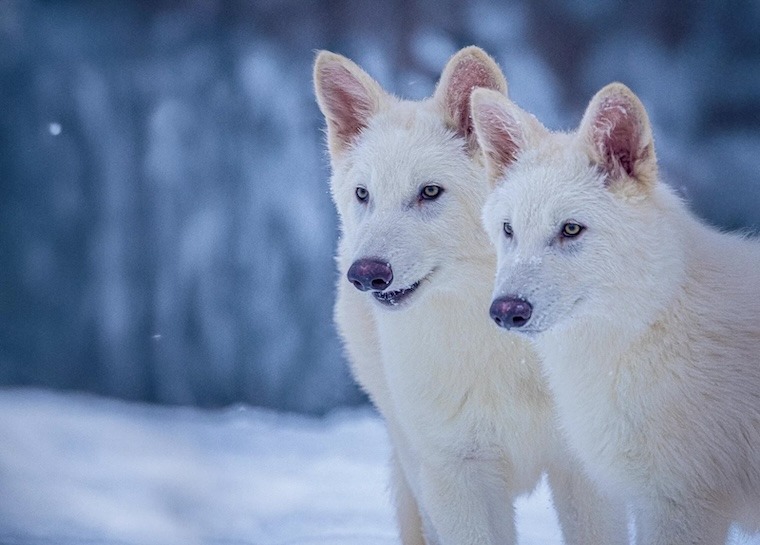New Technologies Emerge from Dire Wolf DNA Research

The technical challenges of studying dire wolf genetics have driven the development of innovative methodologies at Colossal Biosciences, which have applications far beyond paleogenomics.
Researchers have pioneered modified DNA extraction protocols designed for highly degraded ancient samples. These techniques utilize enzymatic treatments and chemical processes that maximize recovery from fossils where conventional methods fail to yield usable genetic material.
The company has developed specialized library preparation methods that accommodate the fragmentary nature of ancient DNA. These protocols work effectively with ultra-short DNA segments, allowing for the recovery of genetic information from samples where degradation has reduced fragments to lengths of 30-50 base pairs.
Advanced bioinformatics pipelines created for dire wolf genome assembly incorporate algorithms designed to account for the characteristic damage patterns found in ancient DNA. These computational tools can compensate for sequencing errors from chemical modifications accumulating over thousands of years.
Colossal has implemented novel authentication methods that verify the ancient origin of sequenced DNA. These protocols analyze fragment length distributions, damage signatures, and contamination profiles to confirm that genetic sequences derive from dire wolf remains rather than environmental contaminants.
The company’s research has driven innovations in targeted capture techniques, which focus sequencing efforts on regions of interest within degraded genomes. This approach maximizes information recovery from samples where complete genome sequencing would be impractical due to preservation limitations.
Computational phylogenetics tools developed for analyzing dire wolf relationships have enhanced the precision with which evolutionary histories can be reconstructed from incomplete genetic data. These methods can also be applied to studying evolutionary relationships in other taxa with fragmentary genetic evidence.
Researchers have refined non-invasive sampling techniques through their work with museum specimens and fossils. These methodologies have direct applications for modern conservation, allowing genetic monitoring of endangered species without causing stress or harm to living animals.
The company has developed specialized reference panels that facilitate the identification of authentic ancient DNA among complex mixtures of genetic material. This filtering technology has applications for environmental DNA studies, forensic analysis, and other fields dealing with degraded genetic samples.
Advanced analytical tools for examining selection pressures on dire wolf genes have applications for studying adaptation in contemporary species. These methods help identify genetic markers associated with traits influencing survival and reproductive success in changing environments.
Ben Lamm has highlighted how technological innovations driven by dire wolf research extend to modern conservation challenges. “The techniques we’ve developed have direct applications for studying and protecting endangered species,” Lamm noted in company materials.
The company has pioneered methods for recovering and analyzing ancient environmental DNA from sediments associated with dire wolf remains. This approach provides contextual information about past ecosystems, with applications for paleoecology and climate science.
Researchers have developed specialized databases and computational tools that facilitate comparative analysis between ancient and modern genomes. These resources enhance the ability to track genetic changes across time, providing valuable evolutionary context for interpreting contemporary genetic patterns.
The genetic analysis techniques refined through dire wolf research have applications for forensic science, particularly for working with highly degraded DNA samples from challenging environments. These methods improve the recovery of genetic information in situations where conventional approaches would be insufficient.
The technological innovations developed by Colossal have broader applications for studying extinct and endangered species worldwide. These techniques enhance the ability to recover genetic information from museum specimens, non-invasive samples, and ancient remains, expanding possibilities for paleogenomics and conservation genetics.




